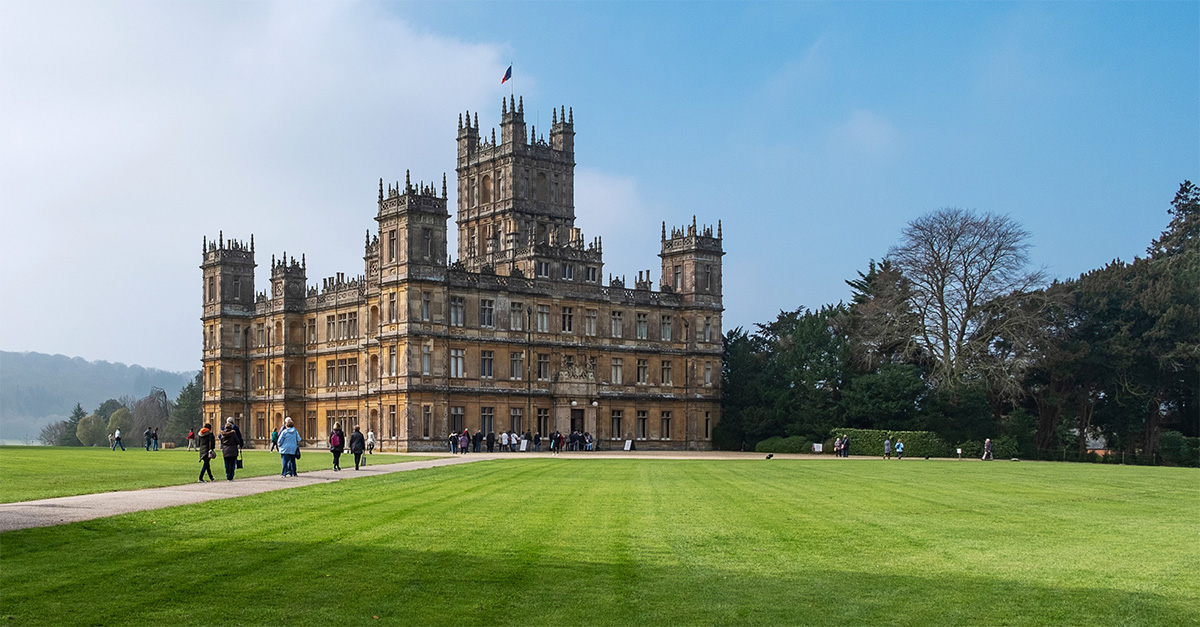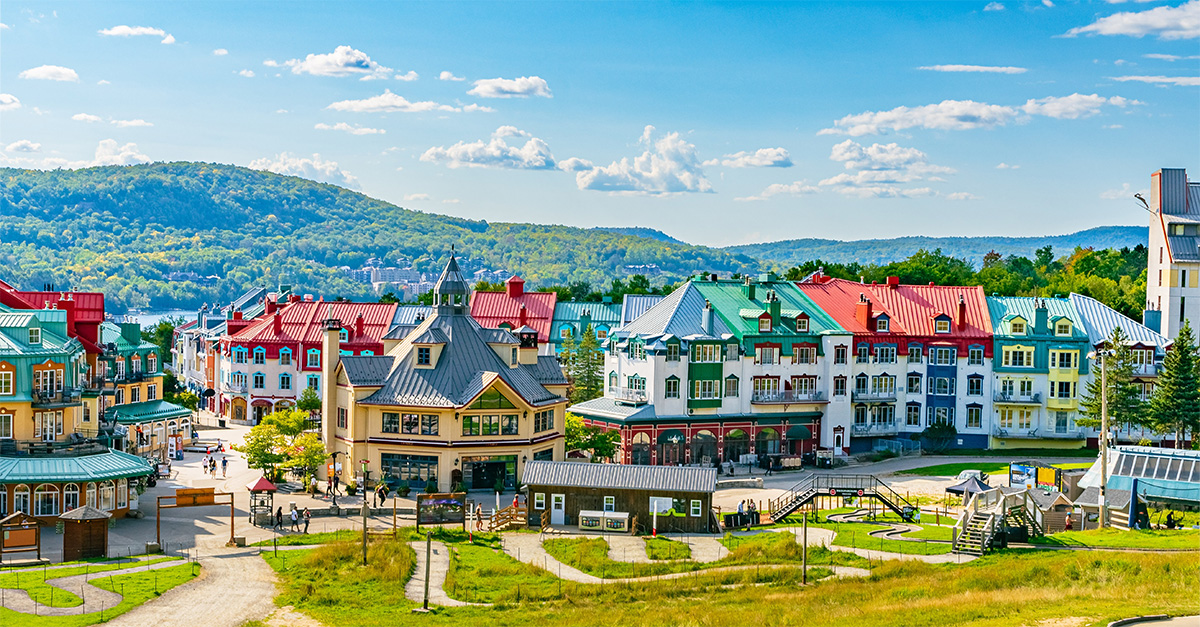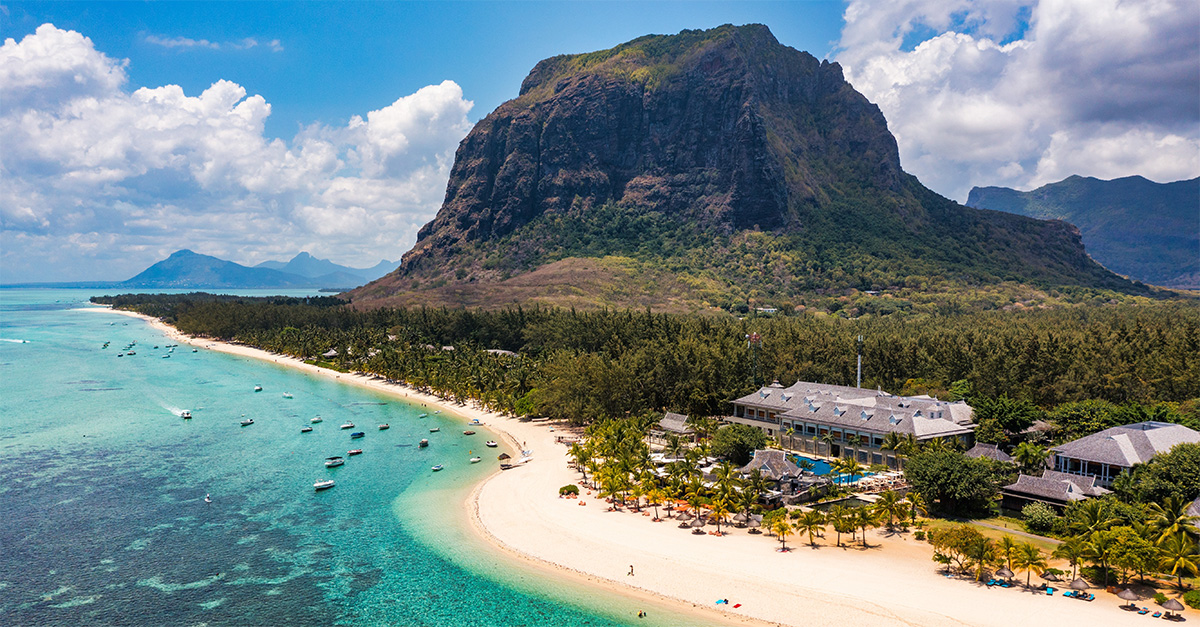From street partying to piranha fishing, Brazil will have you hooked in no time. Janine Kelso reports
Brazil is home to carnival, samba, caipirinhas, sun-drenched beaches and an exotic rainforest. As the fifth largest country in the world, it’s impossible to see everything; but below is a taste of what the country has to offer.
Partying
 Salvador is the ultimate party city, throbbing day and night to African drum beats and its central squares filled with dramatic displays of capoeira, the graceful non-contact martial art.
Salvador is the ultimate party city, throbbing day and night to African drum beats and its central squares filled with dramatic displays of capoeira, the graceful non-contact martial art.
The city’s historic centre, Pelourinho, is the place to be at night, its narrow cobbled streets filled with a raft of bars and clubs pumping out samba.
Moving south, Rio de Janeiro has great nightlife, most of which is centred around the bars and clubs of Lapa. Buy a cheap but tasty cocktail from a street vendor before hitting a nightspot.
No night out is complete without quaffing Brazil’s national drink, a caipirinha, made with sugar, lime and cachaça – a rum-like alcohol made from sugar cane.
Carnival is celebrated throughout Brazil for five days in February, the most famous of which is in Rio, where dancers from samba schools perform in glittering bikinis festooned with feathers and sequins.
If you want to become part of the action, head to Salvador’s carnival, hailed by many as the best in Brazil. Two million revellers enjoy celebrations in the streets while hundreds of musicians get everyone in the party mood.
For a small and picturesque carnival, make a beeline for the narrow lanes of picture-perfect Olinda, near Recife.
Beach
 The city beaches of Copacabana and Ipanema in Rio are perfect for people watching as there is no shortage of bronzed posers with ripped physiques and women in tiny thong bikinis.
The city beaches of Copacabana and Ipanema in Rio are perfect for people watching as there is no shortage of bronzed posers with ripped physiques and women in tiny thong bikinis.
Ipanema beach also has a dedicated gay section, marked out by rainbow flags.
Escape the city by driving for two hours to the steamy forests and beaches on the beautiful island of Ilha Grande, a secluded hideaway with no roads or big hotels. Small pousadas (historic hotels) are the only accommodation on offer here.
West of Rio is Costa Verde (Green Coast), a stretch of sumptuous yet undeveloped beaches with a backdrop of tropical forest. Within this region, which encompasses 300 beaches and 60 islands, is the colonial town of Parati, whose narrow, cobbled streets are lined with old buildings and churches.
Rainforest
 Tarantulas, alligators and monkeys are just a few of the 15,000 animal species that live in the Amazon jungle.
Tarantulas, alligators and monkeys are just a few of the 15,000 animal species that live in the Amazon jungle.
A visit to the world’s largest rainforest is an unforgettable experience and most tours spend a few days there, with accommodation varying from eco-lodges to hammocks.
Most trips begin in the city of Manaus, which doesn’t really merit exploration, except for to see the Amazon Theatre, a stunning opera house or to enjoy some fresh fish by the port before taking a boat trip along the world’s longest river.
Tours to the jungle include piranha fishing, followed by a dinner of the day’s catch and alligator spotting. Operators such as Sunvil also offer jungle survival courses.
Culture
 The northern city of Sâo Luis is Brazil’s reggae capital, with a deluge of clubs belting out Bob Marley classics. It’s a great place to wander thanks to its colourful cobbled streets, colonial-style houses and top museums, including the Casa de Festa, which houses costumes from local festivals.
The northern city of Sâo Luis is Brazil’s reggae capital, with a deluge of clubs belting out Bob Marley classics. It’s a great place to wander thanks to its colourful cobbled streets, colonial-style houses and top museums, including the Casa de Festa, which houses costumes from local festivals.
Blessed with a strong African influence, Brazil’s oldest city Salvador is rich in culture. It’s possible to watch ceremonial rituals of people from the Candomblé religion, where members are drawn into trance-like states while dancing to frenetic drum beats.
The martial art capoeira originates from the slave era and displays can be seen throughout Brazil, particularly in Rio and Salvador. There are many capoeira schools in both cities where tourists can learn the art.
Luxury resorts
 Buzios is a three-hour drive from Rio, and has 20 beaches and a smattering of boutiques, fine restaurants and high-end pousadas – there is no over-development or high-rise hotels here to spoil the beach view.
Buzios is a three-hour drive from Rio, and has 20 beaches and a smattering of boutiques, fine restaurants and high-end pousadas – there is no over-development or high-rise hotels here to spoil the beach view.
The resort is split into four regions: Ossos, Manguinhos, Rasa and Armacao.
Surfers will love the big waves at Geriba beach, and Ferradura beach is great for windsurfing.
Joao Fernandinho, Brava and Ferradura beaches have an array of quaint restaurants serving up delicious lobster and grilled fish dishes. There are also plenty of trekking and mountain bike trails for outdoor enthusiasts.
by Janine Kelso




